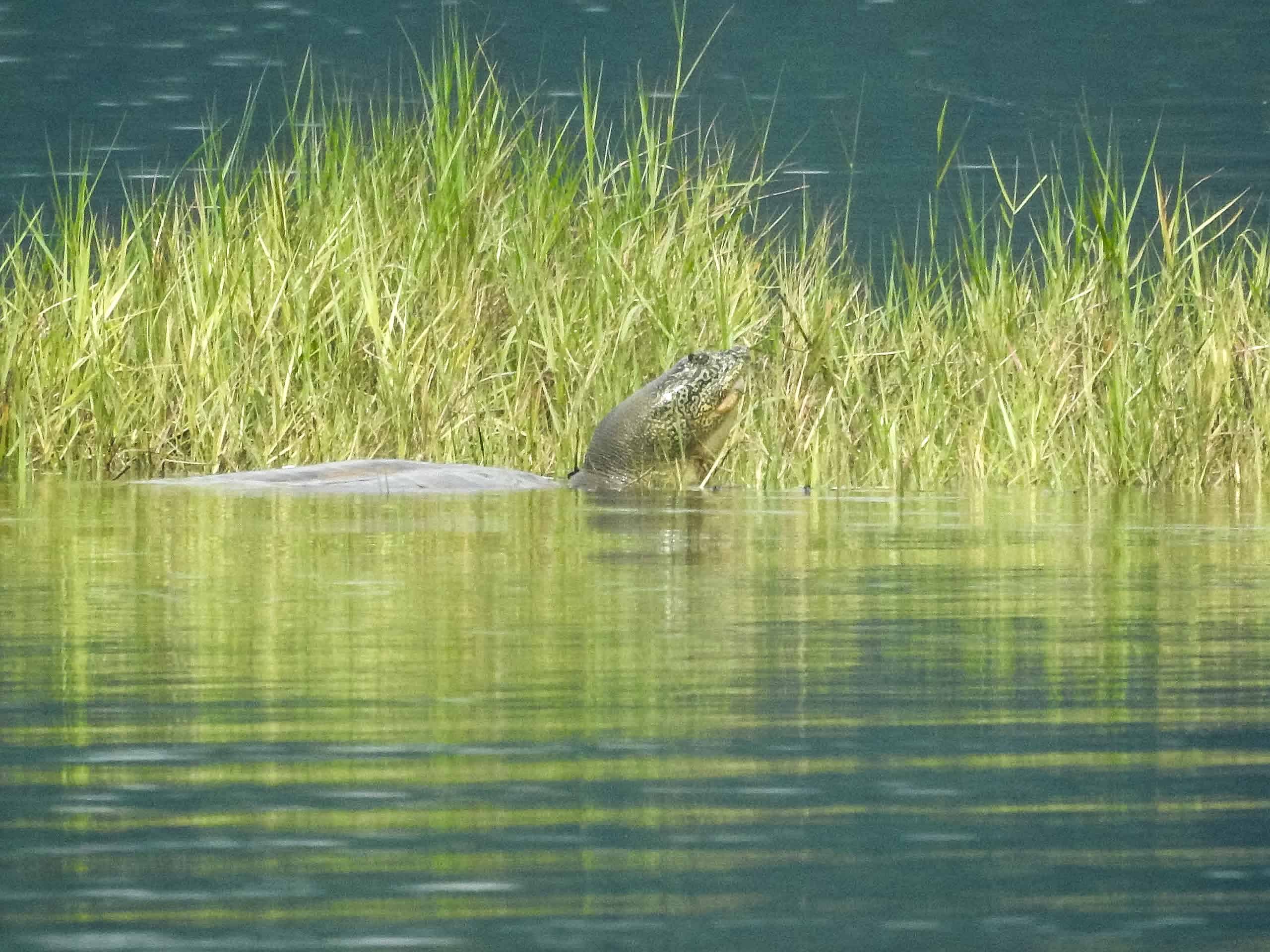Share this article
Hunters celebrated for continued support of wildlife conservation
Hunters and anglers are being celebrated this week for their continued contributions to fish and wildlife conservation funding. The contributions of waterfowl hunters will be highlighted on next year’s Federal Migratory Bird Hunting and Conservation Stamp, or ‘Duck Stamp.’
The 1937 Federal Aid in Wildlife Restoration Act, commonly known as the Pittman-Robertson Act, and the 1950 Federal Aid in Sportfish Restoration Act, commonly known as the Dingell-Johnson Act, fund these efforts. The two acts impose federal excise taxes on items like firearms, ammunition, marine supplies and fishing tackle. These funds are dedicated to funding state fish and wildlife agencies and are administered by the USFWS’ Wildlife & Sportfish Restoration program. Funding from federal Duck Stamps, which are a mandatory purchase for waterfowl hunters over 16, supports the conservation of wetland habitat.
Interior Secretary Ryan Zinke announced last week that $1.1 billion would be allocated to state fish and wildlife agencies this year from the two funds (PRDJ funds). This includes $637.13 million for Section 4(b) Wildlife Restoration efforts. To date, the U.S. Fish and Wildlife Service has distributed more than $20.2 billion in apportionments for state conservation projects through PRDJ and other grant programs. These funds, in addition to hunting license fees, make up the majority of state wildlife agency budgets.
Hunters will be honored for their contributions to waterfowl and wetland conservation in the United States on the 2019-2020 federal Duck Stamp. USFWS hosts an annual competition to determine the artwork placed on the stamp. For next season, the USFWS has changed the requirements so that each submission must include “one or more visual elements that reflect the contributions waterfowl hunters make to habitat conservation.” Each stamp must also be highlighted by a live, centrally focused depiction of one of five species of eligible waterfowl for 2018 – wood ducks (Aix sponsa); American wigeon (Anas americana); northern pintail (Anas acuta); green-winged teal (Anas carolinensis); or lesser scaup (Aythya affinis).
Around 1.8 million Duck Stamps are sold each year and have generated more than $1 billion for the purchase and management of 6 million acres of waterfowl habitat.
These themes support efforts under Executive Order 13443 and secretary of the Interior’s Order 3356 to “support and expand hunting and fishing, enhance conservation stewardship, improve wildlife management and increase outdoor recreation opportunities for all Americans.”
As hunter participation in the United States continues to decrease over time, agencies and NGO partners are increasing efforts to encourage the recruitment, retention and reactivation of hunters, as well as support novel funding mechanisms to ensure fish and wildlife agencies can continue to sustain science-based conservation and management.
Read The Wildlife Society’s Standing Position on The North American Model of Wildlife Conservation and Hunting.
Header Image: Waterfowl hunters fund wetland conservation efforts through the purchase of Federal Duck Stamps. ©Ryan Hagerty








